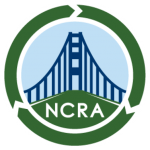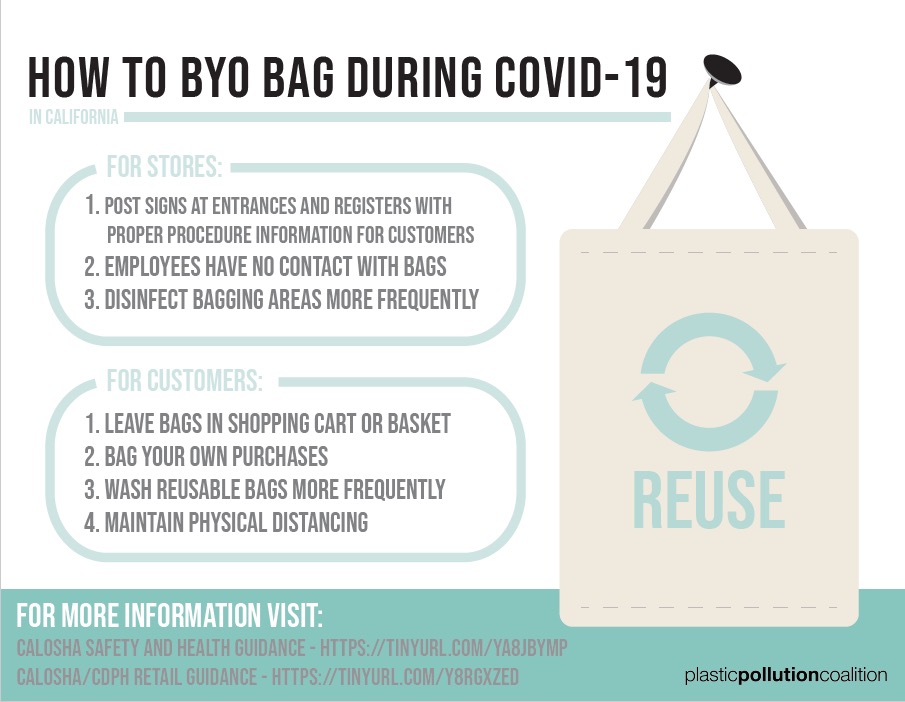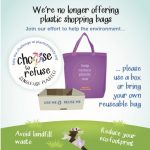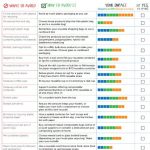By David Krueger, NCRA President, 11/23/30
Thank you and StopWaste for the opportunity to provide input as you update your Guiding Principles and Recycling Plan. In general, your draft Principles and Plan align with NCRA’s mission to End Waste, our vision of a sustainable circular economy, and our goal to stop landfilling and incineration. NCRA appreciates the work that StopWaste has done in the past, and our primary comment for StopWaste is to “stay the course” and continue to implement and build upon your existing successful programs. Bringing about systemic change and transforming social norms is a slow, long-term process that requires consistent and repeated messaging and action.
Guiding Principles
NCRA is in alignment with StopWaste’s current (2018) guiding principles and the considerations for updating them that StopWaste presented at the October 15, 2020 NCRA Board Meeting: Systemic Change, Social and Racial Equity, Collaborative Partnerships, Regenerative Economy, Social Norms, Health Indicators. We strongly support your inclusion of Social and Racial Equity as a consideration. We encourage StopWaste to adopt guiding principles that look beyond a narrow “landfill diversion at any cost” framework and take into account the broader impacts of diversion efforts on communities, workers, health, climate change, and the protection of soil, water, and air quality.
Landfill Obsolescence
NCRA strongly supports StopWaste adopting a goal of landfill obsolescence by 2045. This is in complete alignment with NCRA’s mission and vision. It is a very clear and understandable goal. As noted above, this goal must be achieved in accordance with guiding principles that ensure that our efforts to achieve landfill obsolescence do not inadvertently negatively affect our communities, workers, climate, air, water, or soil.
We also recognize that this is a very audacious goal given that the previous goal of 75% diversion was not achieved. StopWaste needs to be prepared to answer questions from the public about how landfill obsolescence is achievable when 75% diversion was not. Other questions that StopWaste needs to address are: How much will it cost to achieve this goal, and how will StopWaste monitor progress towards this goal? NCRA would add that obsolete landfills can be “recycled” into locations for buy-back centers, re-use stores, resource recovery parks, composting facilities, recycling facilities, recycled content manufacturers, etc.
Stay the Course: Continue to Support Collection, Processing, and Public Education
NCRA is concerned that StopWaste may be planning to shift limited resources to new, desirable programs while prematurely discontinuing necessary existing programs that have not yet achieved their goals or full potential. One example is that StopWaste discontinued the program which provided no-cost indoor containers to businesses. That program was effective at encouraging businesses to source separate and will be even more needed as SB 1383 is implemented.
StopWaste’s draft Recycling Plan states, “both the data and the experiences of Alameda County jurisdictions and service providers suggest that the county is reaching the limits of an approach that relies on post-consumption collection and processing.” NCRA respectfully disagrees. While we wholeheartedly support waste prevention and “upstream solutions” and agree that they are preferable to “downstream” solutions, there is still much work to be done to optimize collection and processing. Contamination of collected recyclables is still at 25% – 35%. An estimated 50% of Alameda County residents don’t recycle their food scraps. Source separation is neither universally available nor understood. The public still doesn’t know how to sort properly. Significant public education, technical assistance, and enforcement efforts are still needed to ensure correct source separation and to bring about the needed change in social norms. StopWaste has successfully led these efforts in the past, and should continue to do so. Both “upstream” and “downstream” programs will be required to achieve landfill obsolescence, and StopWaste should not abandon the existing “downstream” solutions as it works to implement new “upstream” ones.
Promoting Reusables / Banning Disposables
One “upstream” solution that NCRA recommends StopWaste include in their Recycling Plan is promoting reusable foodware / banning disposable foodware. NCRA supports StopWaste creating a countywide ordinance which features funding for reusable foodware and support for enforcement. Similar to how StopWaste has successfully implemented and enforced other countywide ordinances and bans. While NCRA applauds the creativity and leadership of the individual jurisdictions who have implemented innovative, groundbreaking local resuable foodware ordinances, a unified countywide approach will be easier for the public and food vendors to understand and for hesitant jurisdictions to adopt.
SB 1383 Compliance
SB 1383 is the greatest challenge facing Alameda County jurisdictions since AB 939. StopWaste should continue and expand its efforts to support Member Agencies in achieving SB 1383 compliance. SB 1383 compliance should be a significant part of any Recycling Plan for 2021 and beyond. StopWaste has greater financial resources and staffing than most Member Agencies and is in a unique position to lead SB 1383 compliance efforts in the County. Many of the requirements of SB 1383 are most efficiently and effectively implemented on a countywide level. Examples of how StopWaste could lead SB 1383 compliance efforts include:
- Inspection and Enforcement.
StopWaste should expand its MRO inspection and enforcement activities to cover all related SB 1383 requirements. - Edible Food Recovery.
Identifying edible food generators and food rescue organizations, connecting them to one another, and educating generators are all best done on a countywide basis. Food rescue organizations do not recognize jurisdictional boundaries. - Procurement
StopWaste should coordinate the procurement of compost, mulch, renewable gas, biomass-derived electricity, and recycled content paper products by Member Agencies. StopWaste could consider organizing a purchasing co-op for some or all of these products. - Public Education.
StopWaste should continue and expand its public education and technical assistance programs in support of SB 1383. - Regional Composting Capacity
StopWaste should continue efforts to ensure sufficient composting/anaerobic digestion capacity for organics recovered in the County.
If there is insufficient funding for such efforts, StopWaste could consider asking Member Agencies if they would be willing to forgo a portion of their Measure D funding so that StopWaste could more cost-effectively implement these SB 1383 requirements on their behalf.
Thank you for soliciting and considering our comments. Please contact me if you would like to discuss them further.
# # #


 REQUEST TO NOT SUPPORT THE BOONE/STEIN O-MRF/MxWP LAWSUIT
REQUEST TO NOT SUPPORT THE BOONE/STEIN O-MRF/MxWP LAWSUIT
